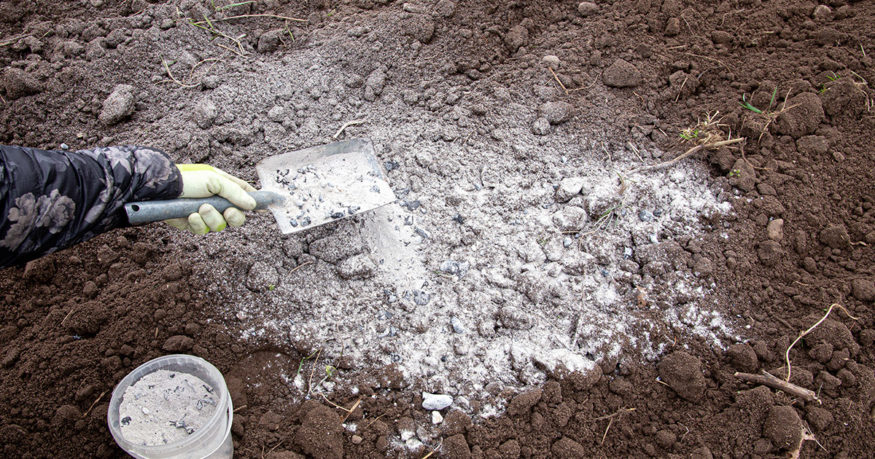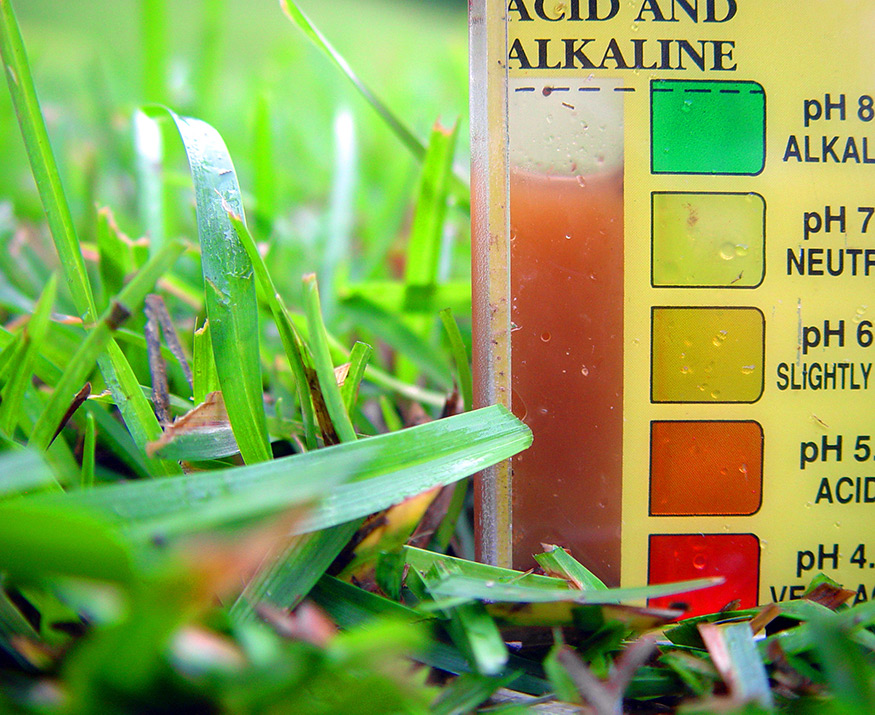Yes, wood ash is good for your grass. Wood ash has many benefits for your lawn, including being a great source of potassium and having high alkalinity levels.
Of course, it is important that you are using clean wood ash when you add it to your lawn grass for maximum effect. The benefits that come from utilizing this particular material can change the balance of your lawn, giving you grass that your neighbors envy and will continue to flourish over time.

Clean Wood Ash vs. Contaminated Wood Ash
Before you use wood ash on your lawn, if it is clean or if it is contaminated. Only use clean wood ash on your lawn because using ash that is contaminated could do more harm than good.
Clean wood ash comes from wood that has had no treatments or chemicals added. Also, you do not want to use any ash where trash or plastic has been burned.
If there is anything in the ash other than natural wood, then it is considered to be contaminated wood ash and it should not be used. Using contaminated wood ash on your lawn grass could lead to burnt or scalded grass due to the chemicals found in the ash. And worse, if there are too many toxins present in the ash, it could kill your grass, having the opposite effect to what you were hoping for!
How Does Wood Ash Help Your Lawn?

The answer is yes…probably.
You will want to carry out a soil test (which you can do yourself), and check the pH level. If your soil pH is between 6.0 and 7.0 then you should not add any wood ash, as doing so will cause the pH level to become too high.
Apart from balancing pH levels, wood ash also contains high levels of potassium and phosphorous. Which are important nutrients that your lawn needs to thrive.
Signs Your Lawn Needs Potassium From Wood Ash
If you are taking a general overview of your lawn, it is important to know what to look for when your lawn is lacking potassium.
- Leaves are yellowish or even appear burnt in the grass.
- Weeds have more control of the area than before.
- Your lawn is not responding to being watered regularly or other fertilizers.
Condition of the Leaves
One of the first that that is noticed when there is not enough potassium is that the bright green blades of grass start to fade into a yellow. If this prolongs for an extended period, you may see those same leaves continue that trend into a blacking burnt look. In some cases, it looks as though someone took a match to the grass and started a small fire.
Weeds Are Relentless
Having some weeds is something that most lawn owners experience. However, if you have had the grass start to get taken over by weeds that were non-existent a couple of weeks ago, your soil may be losing potassium. In these cases, the weeds could have exhausted the potassium in the area, or the ones growing do not need it for survival.
General Treatment is not Working
Sometimes you can try to treat your grass with the average watering daily and give a basic fertilizer. Unfortunately, not all fertilizers are made equal, so you could get one that is missing potassium and do not for your lawn during the process. If you have tried other things and your lawn is still not responding, then it is time to have a soil test done to confirm the lack of potassium and how you can rectify it.
How to Apply Wood Ash to Your Lawn
There are two main ways that wood ash gets applied to the lawn, and that is either directly by hand or by mixing it into a compost bin that will be added to the lawn after more biodegrading.
If you do decide to apply it directly to your lawn, keep in mind that less is more. You will want to wet your lawn first, then sprinkle it evenly over the lawn.
When you apply wood ash to your lawn, make sure that you spread it as evenly as possible and give a small layer so that it does not burn the roots. Too much of this ash at once can cause trauma to the leaves and the roots. This will leave your grass open for invasion.
If you are looking to apply the wood ash as a weed killer where something like kudzu has taken residence, be prepared for the fact that it will not discriminate against plants. It will take care of your kudzu problem and also your grass.
Collect Your Wood Ash Today
If you have access to wood ash regularly and are interested in using it on your property, keep in mind that there are benefits when it is used in moderation and for the right reasons. Wood ash has the potential to boost your lawn, flowers, and even vegetable garden because of the excess nutrients within. Make sure that if you choose to use wood ash, you do so in moderation. When you are cleaning out your ovens or fire pits, dump your clean wood ash in a bucket and store it away for when you need it again.
Hi,
Can you use the ash from charcoal briquettes after barbecue?
Thanks,
I would avoid using charcoal briquette ash – they often contain other additives and chemicals and could actually harm your lawn.
Can you use ash from a wood pellet stove,?
Yes you can – it’s just compressed wood.